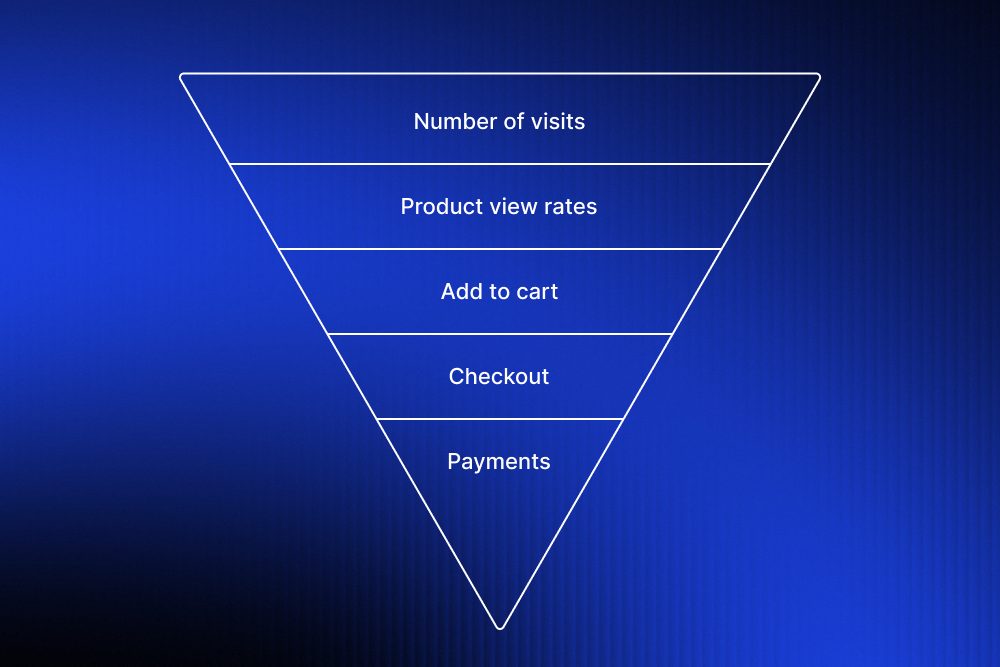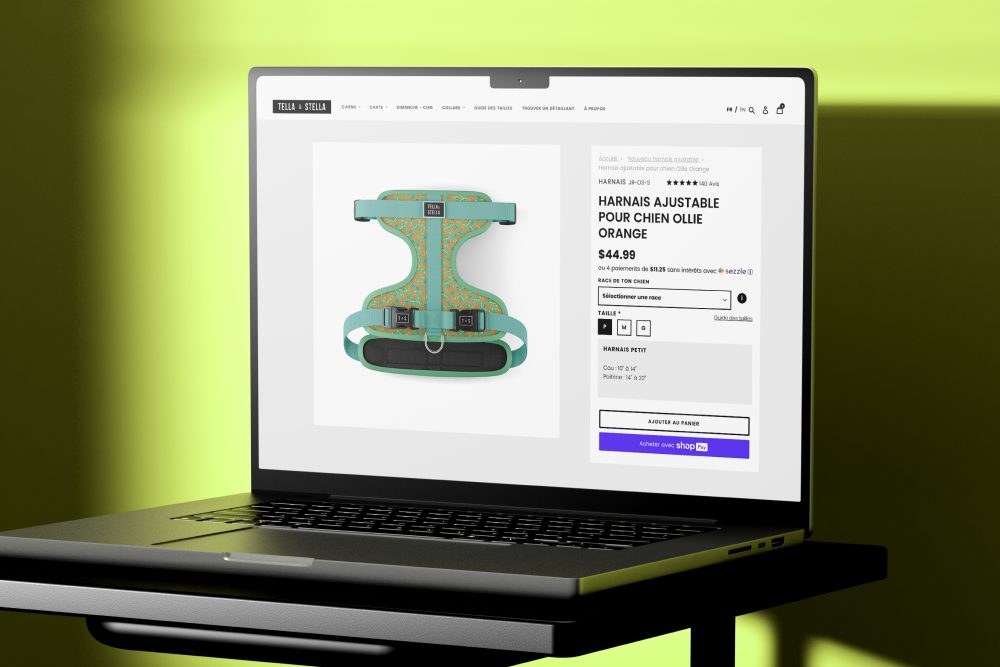As we enter the final quarter and the peak of eCommerce season approaches, Novatize invites you to dive into analyzing your site and customer data. Get ready for Q4 with our tips, food for thought and advice!
BEFORE Q4
Start by analyzing your current situation and monitoring your performance
What are your standards? What do your indicators usually look like? The number of visitors to your site, the shopping cart abandonment rate, the subscription rate to your newsletter or social networks, and so on. Note where these metrics usually stand, and also note whether they’ve gone up or down recently. Have you offered any promotions or benefits to your customers recently, and if so, have they impacted these very metrics?
If you’re planning to offer your customers discounts and deals at the end of the year, take the time to observe and analyze your results from the previous year. In Q4 of last year, what were your best and worst performers? In order to offer your customers what they’re looking for and expecting, take advantage of this glimpse into the past to reproduce your good moves and avoid the less-good ones that didn’t achieve the desired results.
Then pinpoint your website’s shortcomings
Make sure you spot any irritants or bottlenecks long before you get into the hustle and bustle of Black Friday, Cyber Monday and the holiday season. Try to identify whether you have an acquisition channel with a particularly low conversion rate, a page that generates particularly short sessions, or a product with a significantly lower conversion than the others. This way, the actions you take at the turn of the busy period will be geared towards solving existing problems, rather than towards potentially random strategies with uncertain results.
By analyzing your visitor numbers, product views, cart additions and checkouts, among other things, you’ll already have plenty of food for thought and clues to concrete actions you can take, without having to embark on new developments or innovations.
While quantitative data tells us the “what”, qualitative data tells us the “why”. Don’t hesitate to reach out to your users in any way you can. Does your customer service department receive complaints or frequently asked questions? Do comments on your social networks revolve around the same topics and issues? These different perspectives could tell you the “why” behind the quantitative data you noticed earlier.

Seize these opportunities and optimize your website in time for the high season
Observation → Opportunity → Action
Use this implicit or explicit feedback from your customers to facilitate their journey through your website and encourage conversion. Here are three examples of observations, opportunities and actions.
EXAMPLE 1
- Observation: My conversion rate via the home page is low.
- Opportunity: My products are hard for customers to find, since they’re at the bottom of the page, and I’ve noticed on Hotjar that most people don’t go there.
- Action: Review the way products and information are distributed to keep customers’ attention.
EXAMPLE 2
- Observation: Few people seem to be interested in the products I’ve named “sweater”.
- Opportunity: I notice that several customers are searching for the word “pull” in my search bar.
- Action: Rename the products by changing the word “sweater” to “pull”.
EXAMPLE 3
- Observation: My sales of boots and coats are not good year-round.
- Opportunity: These products are seasonal and in high demand in Q4.
- Action: Create a landing page and/or seasonal collection containing all seasonal products to make them easily and quickly accessible to customers.

Set targets for all your key indicators
It’s imperative that you set yourself a revenue target and break it down by period. Ideally, set targets by month and by week (and even by day, if possible), throughout Q4. The objective must be consistent with your current reality, since it’s counterproductive to work on objectives with unattainable figures simply to motivate your teams.
Don’t forget that revenue is a collection of factors, a sum of steps that lead to a successful transaction. First you have to get people to your website (through advertising, social networks, newsletters), then you have to convince them to be interested in your products, then convince them to buy, to turn their shopping cart into an order. All these steps need to be considered and worked on to achieve your objectives.
Among the questions you need to ask yourself beforehand :
- Do you have advertising that will boost the volume of visits to your site?
- Is there a sales or search seasonality that will impact organic search volume?
- What is your marketing budget for advertising?
- Do you have enough in-house resources to produce the marketing content you’ll need?
- Does your promotional offer have the potential to trigger more purchases than usual?
- Are there any disincentives to purchase that need to be addressed? For example, are people worried about not receiving their order before the holidays?
- Is the content of your product sheets complete, effective and relevant?
- Do you have enough inventory to meet your financial targets and supply demand for the duration of your promotion?
- Will the promotional mechanics have an impact on basket value? For example, 20% off the entire order doesn’t have the same impact as 50% off the third item.
- Do you have bundles or kits to offer to increase the value of your average basket?
Detailing your objectives in this way will also enable you to identify potential organizational impacts. Strong sales growth may require you to reinforce your customer service, support your logistics team, increase your inventory, etc.
Finally, use the right tools to analyze your data
There are many options available to you, for both quantitative and qualitative data collection and analysis. These include Google Analytics 4, Northbeam, Google Search Console, Triple Whale, Looker, GTmetrix and Hotjar.
Don’t overlook the analytics function of your own eCommerce platform either. It’s likely to offer you integrated tools that provide a wealth of relevant information about your site and your customers.
Make these analytical tools your own, and create your own reports based on the data that interests you and is relevant to your brand. If you have unique features on your site, observe them to better understand your users.

DURING THE PEAK PERIOD
Adopt a sound analysis methodology
Given that BFCM is a period with high revenue ambitions and that you’ll undoubtedly be at full capacity, you need to be prepared. Make sure that the data you want to consult in real time is easily accessible, so that you can make the analyses and observations you need.
If it’s too late to run tests during BFCM, it’s not too late to make quick corrections. Do you have problematic landings for which you can quickly change product order, add information, repair broken links? Do you have under-performing products for which you can fine-tune the description, respond to reviews or questions on the listing, add an image to clarify a function?
AFTER THE BFCM
Capitalize on the future
To save time for your Q4 of next year, do a hot post-mortem of this year Q4. Which of your initiatives worked best? Are there any contextual elements to consider? What were your objectives and what are your actual figures?
In addition to helping you plan for the following year, these reflections could also help you get Q1 off on the right foot. You may discover that your customers need one or more new features on your site at any given time. You may discover that one of your acquisition channels potentially deserves less or more space in your marketing planning for the year.
With the help of these recommendations and tips, you’ll be ready to tackle this peak season, and will have all the tools you need to make the right decisions based on the realities and needs of your business!
Would you like to discuss this with us, or do you need further assistance? Contact one of our eCommerce specialists today!
📍 330-330 rue Saint-Vallier Est, G1K 9C5, Québec, QC, Canada
Inspired by what you’ve read?
Our team of experts can help you take your eCommerce to the next level!

